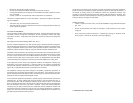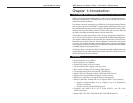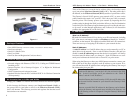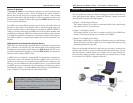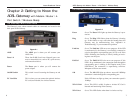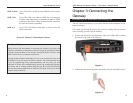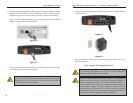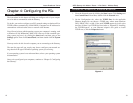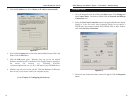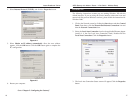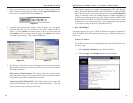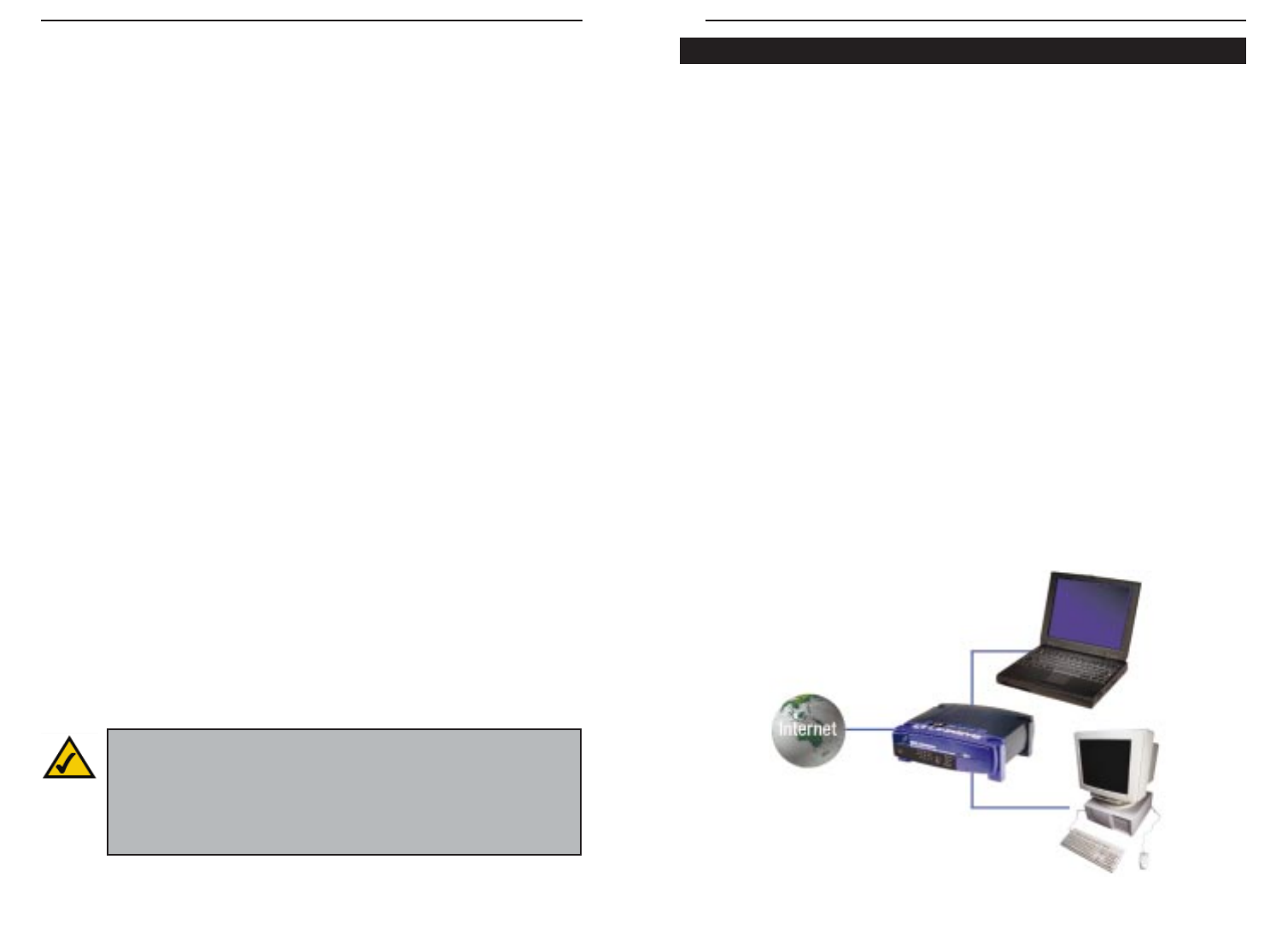
ADSL Gateway with Modem / Router / 4-Port Switch / Wireless-Ready
This user guide covers the basic steps for setting up a network with a Gateway.
After going through the “Getting to Know the Gateway” chapter, most users
will only need to use the following chapters:
• Chapter 3: Connecting the Gateway
This chapter instructs you on how to connect the ADSL line to the Gateway
and connect the PC(s) to the Gateway.
• Chapter 4: Configuring the PCs
This chapter instructs you on how to configure your PC(s) for a DHCP con-
nection, if the network settings are not already set to DHCP.
• Chapter 5: Configuring the Gateway
This chapter explains how to configure the Gateway using your web browser
and the Gateway’s web-based utility. You will configure the Gateway using
the settings provided by your ISP.
When you’re finished with the basic steps, then you are ready to connect to the
Internet. After the PC(s) can access the Internet through the Gateway, you can
alter the Gateway’s settings further; for example, you can adjust security fea-
tures and other settings to enable online gaming, run Internet servers, config-
ure a wireless LAN (WPC11 required) and more!
5
Instant Broadband
™
Series
Dynamic IP Addresses
A dynamic IP address is automatically assigned to a device on the network,
such as PCs and print servers. These IP addresses are called “dynamic”
because they are only temporarily assigned to the PC or device. After a certain
time period, they expire and may change. If a PC logs onto the network (or the
Internet) and its dynamic IP address has expired, the DHCP server will assign
it a new dynamic IP address.
For ADSL users, many ISPs may require you to log on with a user name and
password to gain access to the Internet. This is a dedicated, high-speed con-
nection type called Point to Point Protocol over Ethernet (PPPoE). PPPoE is
similar to a dial-up connection, but PPPoE does not dial a phone number when
establishing a connection. PPPoE also will provide the Gateway with a dynam-
ic IP address to establish a connection to the Internet. Point to Point Protocol
over ATM, or PPPoA, is a similar login method also used for some ADSL con-
nections.
DHCP (Dynamic Host Configuration Protocol) Servers
DHCP frees you from having to assign IP addresses manually every time a new
user is added to your network. PCs and other network devices using dynamic
IP addressing are assigned a new IP address by a DHCP server. The PC or net-
work device obtaining an IP address is called the DHCP client. By default, the
Gateway’s WAN setting is DHCP client.
A DHCP server can either be a designated PC on the network or another net-
work device, such as the Gateway. By default, a DHCP server (LAN side) is
enabled on the Gateway. If you already have a DHCP server running on your
network, you must disable one of the two DHCP servers. If you run more than
one DHCP server on your network, you will experience network errors, such as
conflicting IP addresses. To disable DHCP on the Gateway, see the DHCP sec-
tion in “Chapter 6: Using the Gateway’s Web-based Utility.”
4
Note: Even if you assign a static IP address to a PC, other PCs can
still use DHCP’s dynamic IP addressing, as long as the static IP
address is not within the DHCP range of the LAN IP Address.
If the dynamic IP addressing fails to provide a dynamic IP address,
refer to “Appendix A: Troubleshooting.”
Network Setup Overview
Notebook with
Ethernet Adapter
ADSL Gateway
with Modem / Router / 4-Port
Switch / Wireless-Ready
LAN
PC with
Ethernet Adapter
WAN





